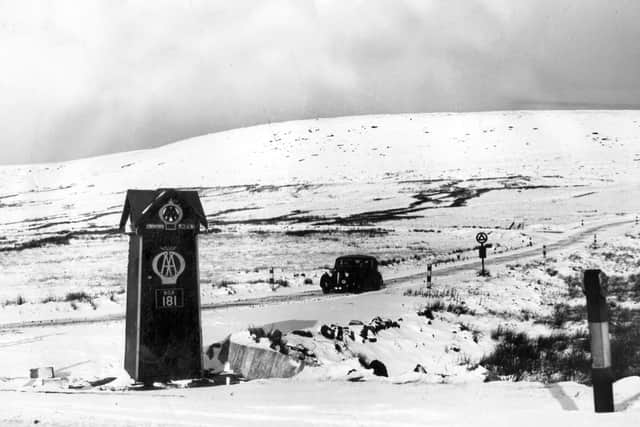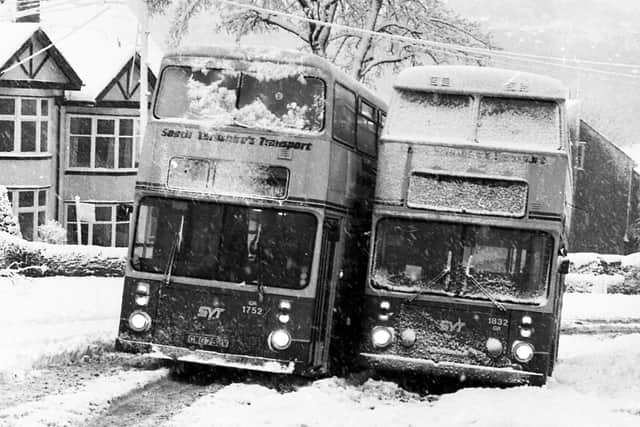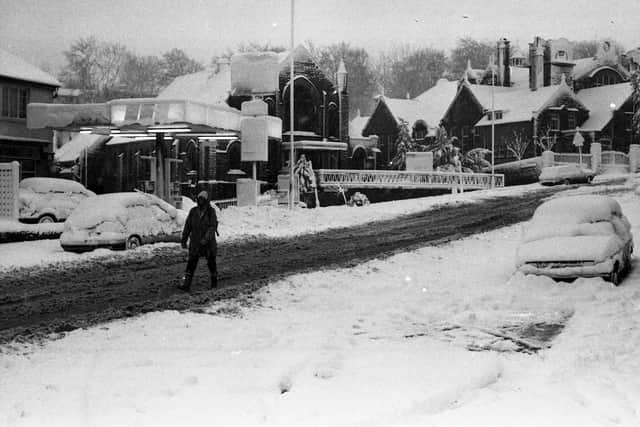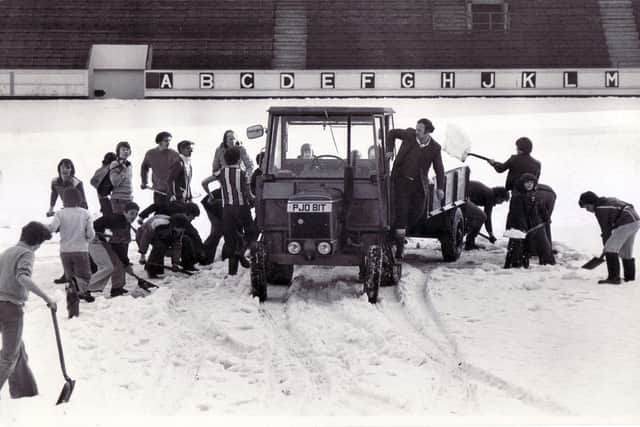Why Sheffield has played an important role in weather watching since the 18th century
and live on Freeview channel 276
Fifty years ago, a winter snowfall could result in up to six feet of snow, meaning public transport was not able to run and schools had to close.
As time progresses, the weather is becoming more unpredictable but weather watching still remains an important part of Sheffield.
Advertisement
Hide AdAdvertisement
Hide AdJohn White said: “I used to live on the edge of Sheffield and Derbyshire and in the late 70s I used to walk into the city centre for work, even though it took hours, because that was the only way.


“You would open the front door and a load of snow would fall inside and you would have to sort of dig yourself out.
“There was no way any buses or cars could get up to where we lived, but it was that or no job - we were literally cut off!”
Stephen Jones added: “I don’t think we’ll see such vast amounts of snow anymore but what’s funny is that back then, we had six feet of snow and there was hardly any fuss about it.
Advertisement
Hide AdAdvertisement
Hide Ad“Today, we get a few flakes of snow and there is travel chaos. Trains are cancelled etc.”


Expert weather watching has taken place in Sheffield since the 1800s.
Readings regarding temperature, air pressure, rainfall, wind speed and direction, humidity, sunshine and snow depth have been recorded by Weston Park Weather station since 1882.
Thanks to records held, we know the hottest temperature of 35.1 degrees celsius was recorded on July 25, 2019, while the coldest temperature of -14.6 degrees celsius was recorded on February 8, 1895.
Advertisement
Hide AdAdvertisement
Hide AdWeston Park Weather station was founded by Elijah Howarth who was the curator of Sheffield Public Museum, now Weston Park Museum.


According to Museums Sheffield, the weather station was established in response to a serious outbreak of diarrhoea in 1880, which resulted in many deaths.
Understanding current weather conditions was believed to be an aid for hospitals in predicting when outbreaks of bacterial infections would likely occur.
However, there was no weather station in Sheffield and doctors therefore could not make predictions of such outbreaks.
Advertisement
Hide AdAdvertisement
Hide AdAfter some lobbying by the Department of Health, the station was established in 1881.


Mr Howarth selected Weston Park to house the station so he could take regular readings, with his first reading made in 1882 and his last in 1936.
Joseph Baggaley took on Mr Howarth’s role and provided weather readings to the war office during World War Two.
The weather station became part of the museum’s natural history department following Baggaley’s retirement.
Advertisement
Hide AdAdvertisement
Hide AdToday, Weston Park Weather station is still managed and operated by staff at Weston Park Museum.
It is one of the Met Office’s official climatological stations and is considered to be particularly important due to the longevity of its continuous daily record, which is one of the longest in the UK.